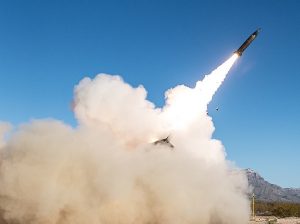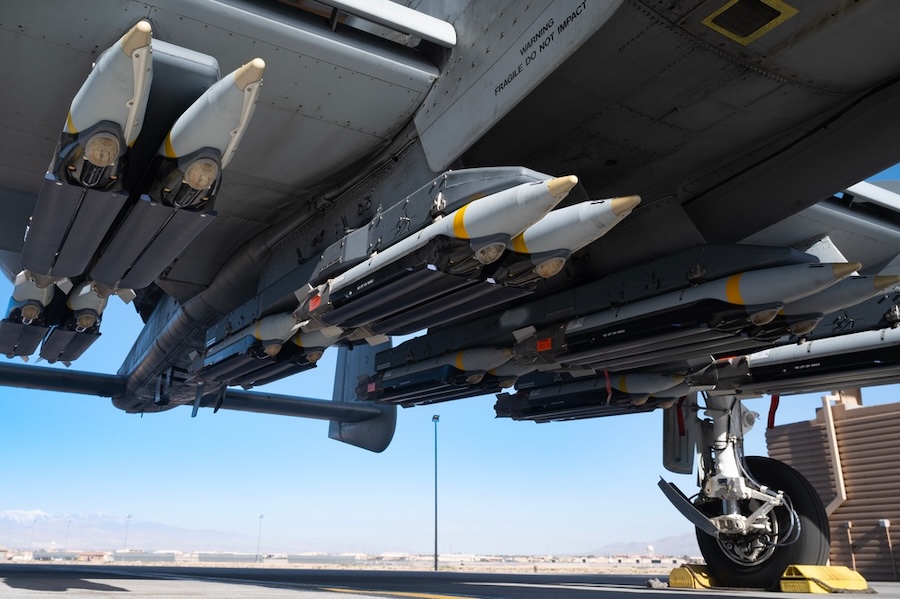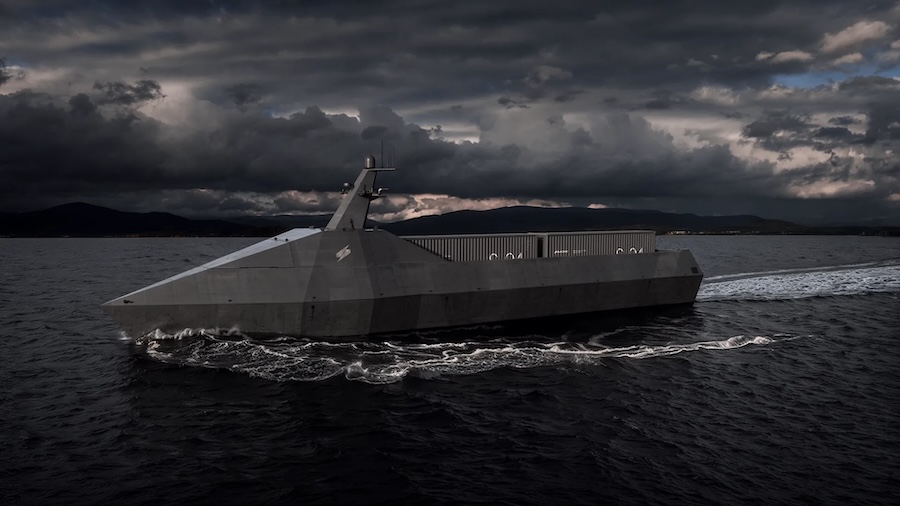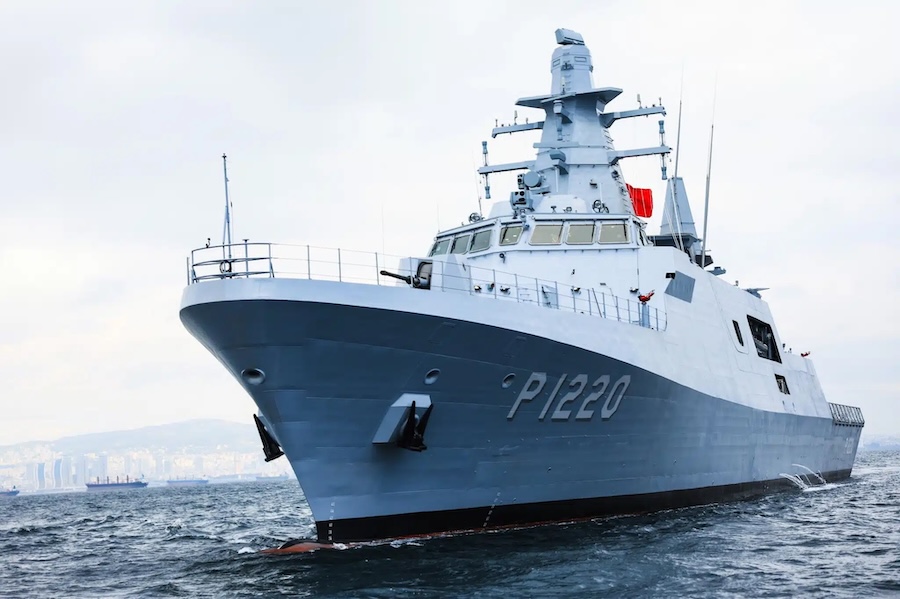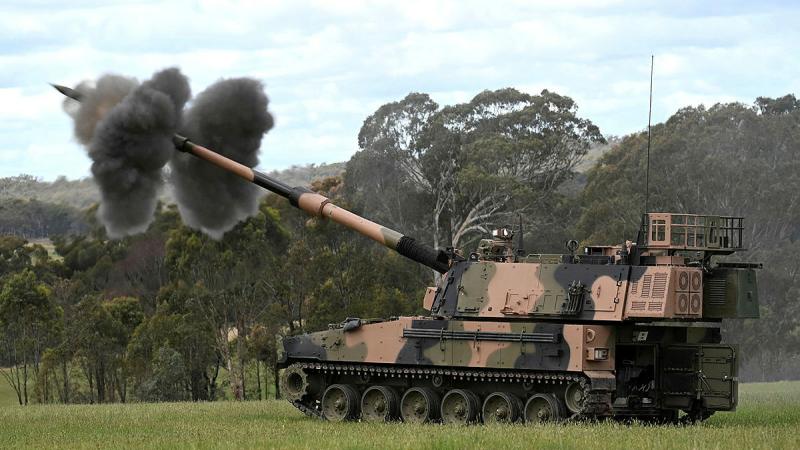The contract covers production and support for the Trident II D5 missile, with work to be carried out in Utah, Colorado, Florida, Georgia, and Washington through 30 September 2030. Lockheed Martin has long served as prime contractor for the system, underpinning its role as the most survivable leg of the U.S. strategic nuclear deterrent.
The Trident II Strategic Weapon System is deployed aboard Ohio-class submarines, each capable of carrying 20 D5 missiles, and under the Polaris Sales Agreement, also aboard the United Kingdom’s Vanguard-class submarines. The system consists of the submarine-launched ballistic missile, a re-entry system, and supporting shipboard systems.
The three-stage, solid-fuel, inertially guided Trident II D5 has a range of 4,000 nautical miles and can carry multiple W76-Mk4/Mk4A or W88-Mk5 re-entry bodies. First deployed in 1990, it has proven highly accurate and reliable, with life-extended versions (D5LE) introduced in 2017 to remain in service aboard U.S. Columbia-class and UK Dreadnought-class submarines.
This award adds to recent Navy contracts with Lockheed Martin, including $111 million in August for continued missile production and support, and $383 million in February for design work on a modernised Trident II. These programmes aim to ensure the fleet remains mission-ready throughout its extended service life.








